Introduction
Golf is a sport that combines elegance, precision, and a deep connection with nature. Played in various weather conditions and terrains, golfers require apparel that not only adheres to the sport's traditional etiquette but also offers high-performance functionality. The unique demands of golf, such as a wide range of body movements during the swing, extended periods of outdoor activity, and the need to maintain comfort throughout a long game, make the quality and design of golf clothing crucial.
High-abrasion and breathable golf clothing are at the forefront of meeting these demands. The sewing principles applied in creating such clothing are not just about stitching pieces of fabric together; they are the foundation of a garment's durability, functionality, and overall performance. These principles ensure that the clothing can withstand the rigors of the game, from the repeated swings that put stress on the seams to the friction against the golf bag and the elements.
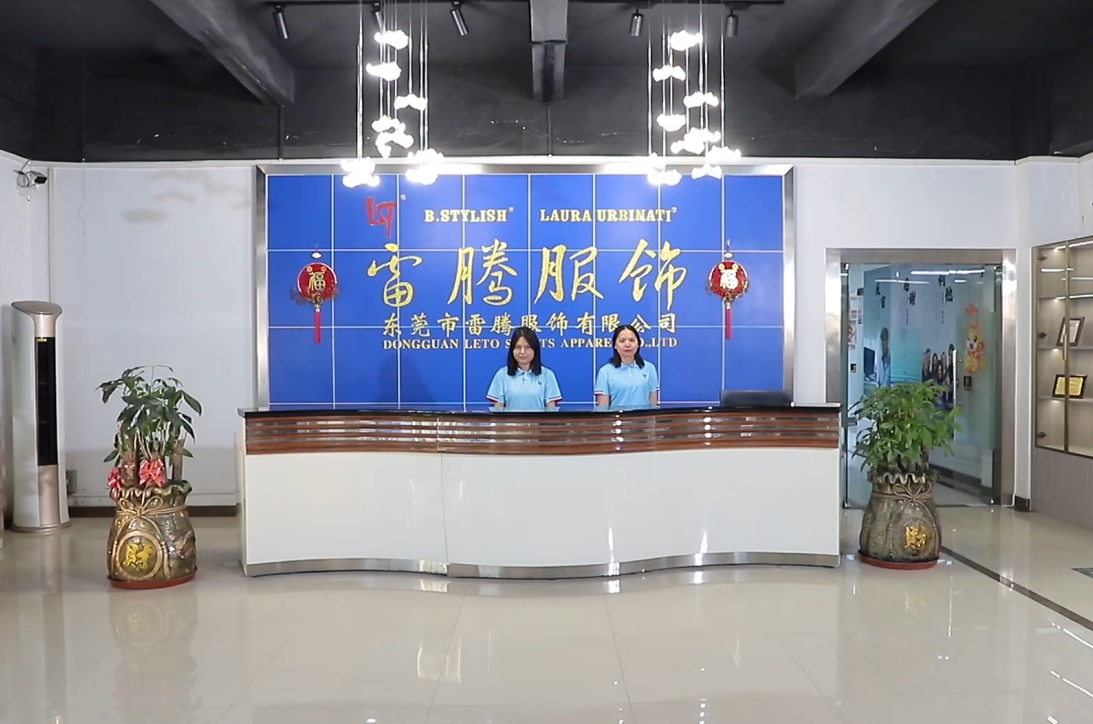
At Leto Golf Manufacturing, we understand these sewing principles inside out. With our state-of-the-art printing and embroidery equipment, we are dedicated to providing top-notch OEM/ODM services. Whether you're a golf apparel startup looking to make a mark in the industry, an individual seeking personalized golf wear, a purchasing manager sourcing high-quality products, or a fashion buyer on the hunt for the latest trends, we have the skills and resources to meet your diverse needs. We pride ourselves on our meticulous service spirit and our commitment to creating value for our clients, ensuring that every piece of golf clothing we produce is a testament to quality, functionality, and style.
The Significance of Proper Sewing in Golf Apparel
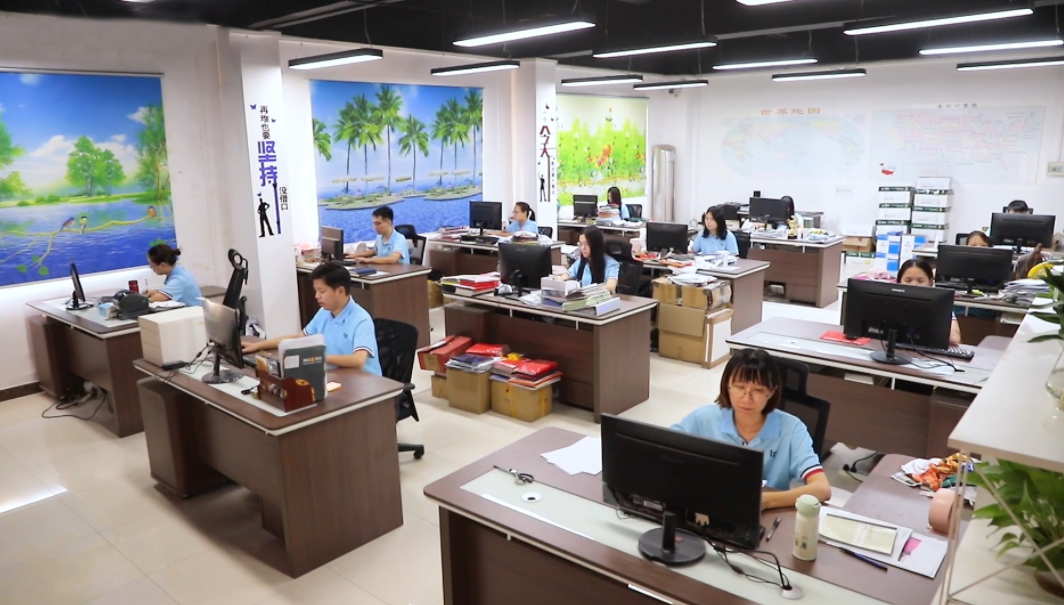
1. Meeting the Demands of the Game
Golf is a sport that demands a full range of motion. From the powerful backswing to the follow-through, golfers' bodies stretch, twist, and bend in multiple directions. This means that golf apparel must be able to withstand significant stress. High-abrasion resistance is crucial as the fabric is constantly in contact with the golfer's body, the golf club, and the golf bag. During a typical 18-hole round, which can last four to five hours, a golfer may make hundreds of swings. Each swing puts pressure on the seams of the clothing, especially in areas like the shoulders, elbows, and knees. If the sewing is not up to par, the seams may start to fray, split, or come undone, rendering the garment useless.
Moreover, golf is often played in various weather conditions. Whether it's a sunny day with high temperatures or a slightly breezy afternoon, the ability of the clothing to breathe is essential. Proper sewing ensures that the fabric's natural breathability is not compromised. For example, if seams are sewn too tightly or with the wrong type of thread, it can block the air-flow through the fabric, causing the golfer to feel hot and uncomfortable. A well-sewn garment allows air to circulate freely, wicking away moisture and keeping the golfer dry and cool throughout the game.
2. Impact on Comfort and Performance
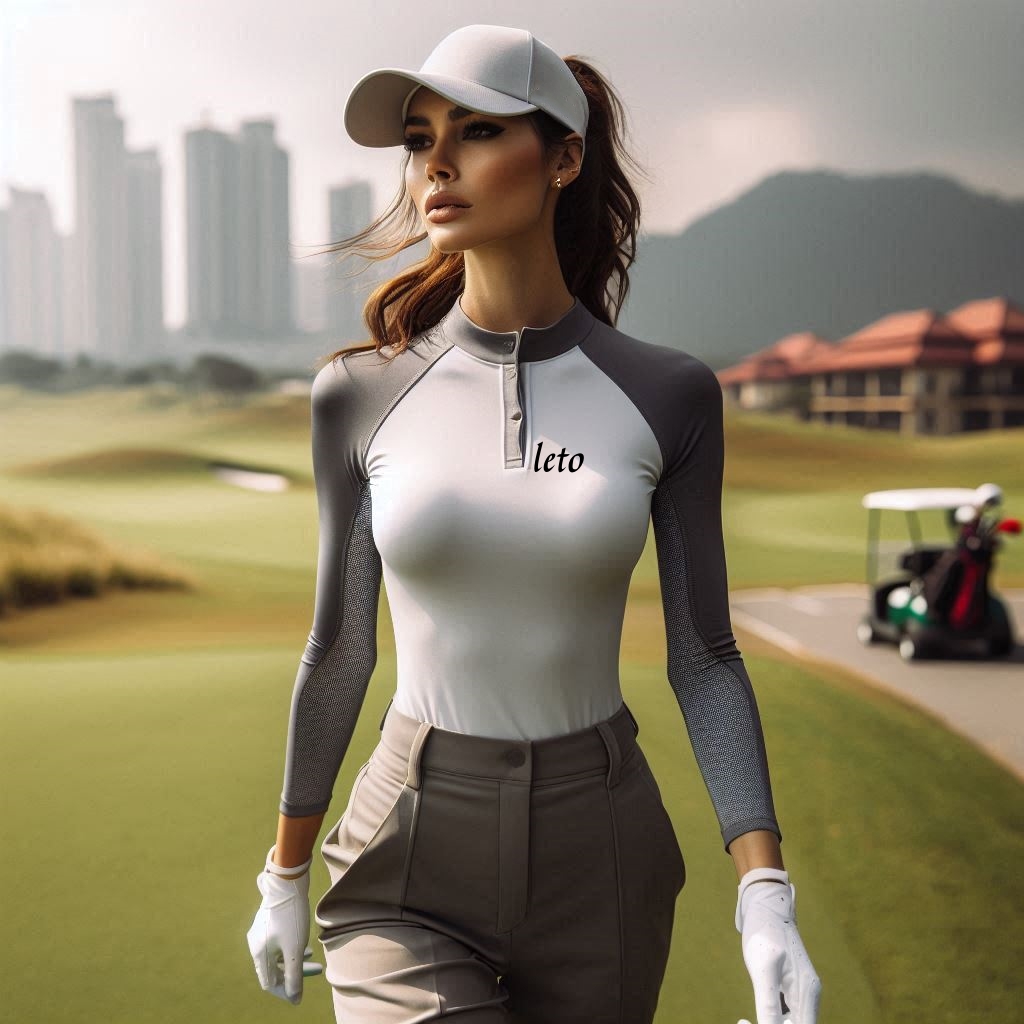
The quality of sewing has a direct impact on the comfort of the golfer. Poorly sewn seams can be rough and cause chafing, especially during long hours on the course. A single irritating seam can quickly turn a pleasant day of golf into a frustrating experience. On the other hand, when seams are sewn smoothly and with precision, the garment feels soft against the skin, allowing the golfer to focus on the game without any distractions.
Comfortable clothing also enhances a golfer's performance. When a player is not bothered by uncomfortable seams or a poorly-fitting garment, they can move more freely and with greater confidence. Professional golfers, who rely on their physical and mental performance on the course, often emphasize the importance of well-made clothing. For instance, many top-tier golfers have reported that switching to high-quality, well-sewn golf apparel has improved their overall game. They feel more in tune with their bodies, can execute their swings more precisely, and experience less fatigue during long tournaments. This shows that the seemingly small details of sewing can have a significant impact on a golfer's performance, whether they are a professional competing for a championship or an amateur enjoying a weekend round.
Key Sewing Principles
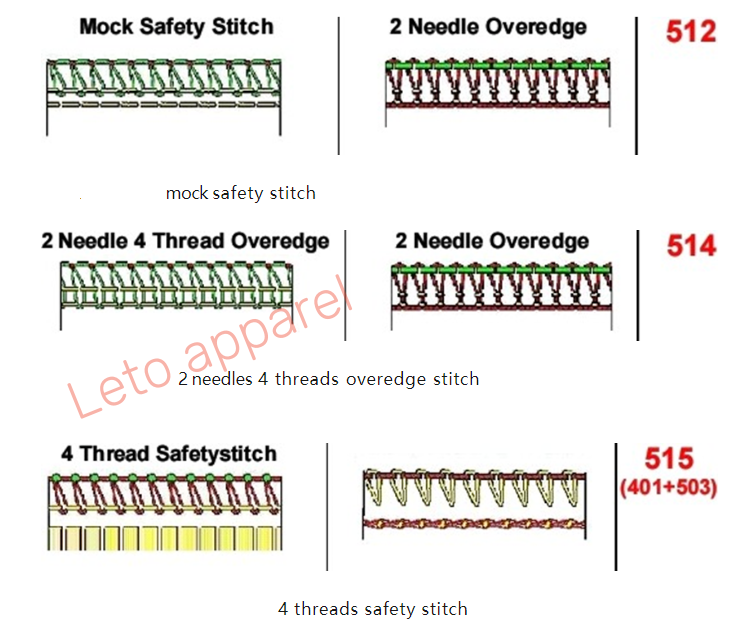
1. Seam Placement
The placement of seams in golf clothing is a critical aspect of the sewing process. In high-abrasion areas such as the shoulders, elbows, and knees, improper seam placement can lead to quick wear and tear. For example, if a seam is placed directly on the shoulder joint, every swing of the golf club will put stress on that area, causing the fabric to fray or the seam to come undone over time.
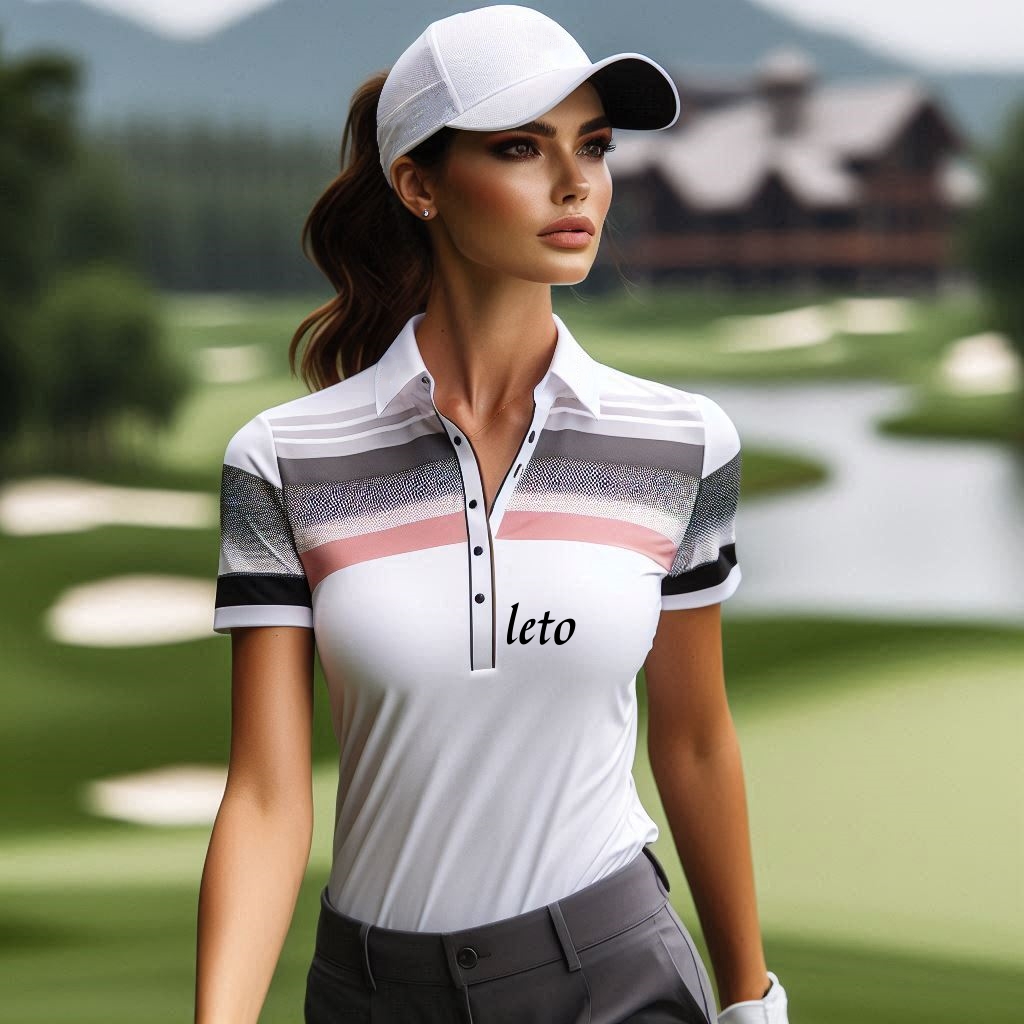
At Leto Golf Manufacturing, we carefully plan seam placement. We often use flat-felled seams in areas where comfort and durability are key. These seams are sewn in a way that one edge of the fabric is folded over the other and then stitched down, creating a smooth, flat surface. This not only reduces friction against the skin but also adds an extra layer of reinforcement to the seam. In some of our designs, we also use raglan sleeves, which are slanted seams that run from the collar to the underarm. This design allows for a greater range of motion and distributes the stress of movement more evenly across the fabric, reducing the likelihood of wear and tear in any one area.
2. Thread Selection
The choice of thread is fundamental to the durability of golf clothing. We recommend using high-strength, abrasion-resistant threads, such as polyester fiber threads. Polyester threads are known for their ability to withstand repeated washing and stretching without breaking or losing their strength. They can endure the harsh conditions of the golf course, including the friction from the golf club and bag, as well as the mechanical stress from a golfer's movements.

When selecting the thread, the thickness also matters. It should be carefully matched to the fabric. For lightweight, breathable fabrics commonly used in golf apparel, a finer thread is often more appropriate. This ensures that the stitches are not too bulky, which could affect the fabric's breathability or create an uncomfortable feel against the skin. On the other hand, for heavier - duty fabrics or areas that require extra reinforcement, a thicker thread can be used to provide additional strength. At Leto Golf Manufacturing, we have a wide range of thread options in different thicknesses and colors, allowing us to perfectly match the thread to the fabric and design requirements of each golf clothing item.
3. Reinforcement Techniques
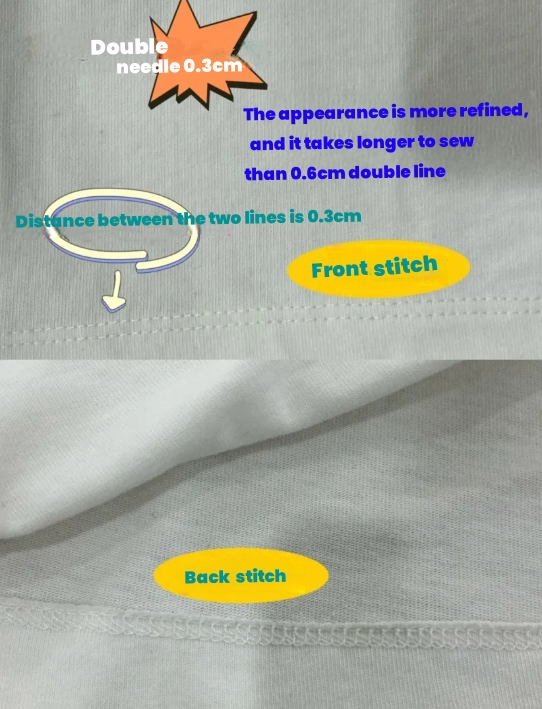
Reinforcement in key areas of golf clothing is essential for its long-term durability. Areas like the Collar、Cuff,and Hem are particularly prone to wear and tear due to frequent contact with the body, golf gloves, and other equipment. To address this, we use several reinforcement techniques.
One common method is double-stitching. By sewing these areas with two rows of stitches instead of one, we significantly increase the seam's strength. This simple yet effective technique can prevent the seam from coming apart, even under repeated stress. Another technique we employ is adding extra layers of fabric, such as using a reinforcing patch or a piece of interfacing. For example, at the cuffs, we may add a small piece of durable fabric on the inside to reinforce the area where the fabric is most likely to be rubbed or pulled. This not only adds strength but also helps maintain the shape of the cuff over time.
In addition, we pay close attention to the details of our reinforcement. The stitches used in reinforcement areas are often shorter and more tightly spaced than in other parts of the garment. This provides more stability and ensures that the reinforcement holds up well under repeated use. Our skilled craftsmen are trained to execute these reinforcement techniques with precision, resulting in golf clothing that can withstand the rigors of the game.
4. Seam Finishing
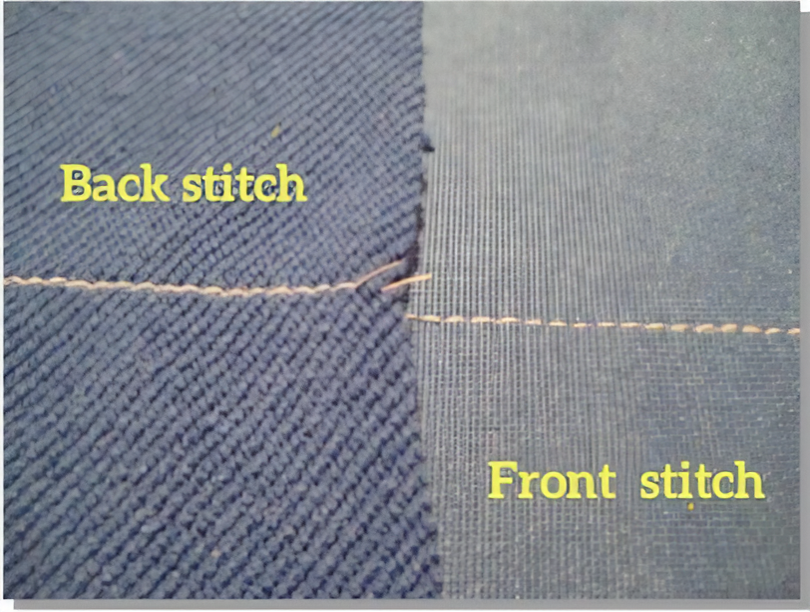
Seam finishing is crucial for preventing fabric edges from fraying and unraveling. There are several methods of seam finishing, each with its own advantages and considerations in the context of golf clothing.
One common method is overlocking, also known as serging or Binding in Chinese. Overlocking creates a finished edge by encasing the raw edges of the fabric in a row of stitches. This method is highly effective in preventing fraying and is often used in mass-production due to its speed and efficiency. In golf clothing, overlocking is suitable for many types of seams, especially those in areas where a more finished look is not as critical. For example, in the inner seams of a golf shirt or the seams of the lining in a golf jacket, overlocking provides a quick and reliable way to finish the edges.
Another method is flat-lock stitching, which is a type of chain-stitch that creates a flat, smooth seam. This method is often used in high-end golf apparel where both durability and a clean, aesthetically pleasing finish are important. Flat-lock stitching not only prevents fraying but also lies flat against the skin, reducing the likelihood of chafing. It is commonly used in areas that are visible or in contact with the skin, such as the seams on the outside of a golf shirt or the edges of a collar.
The choice of seam-finishing method also affects the garment's breathability. Overlocked seams, for instance, can be slightly bulkier and may restrict air-flow to a small degree compared to flat-lock seams. At Leto Golf Manufacturing, we carefully consider the design, functionality, and aesthetic requirements of each garment when choosing a seam-finishing method. This ensures that our golf clothing not only looks great but also performs well on the course.
5. Stretch and Flexibility in Sewing
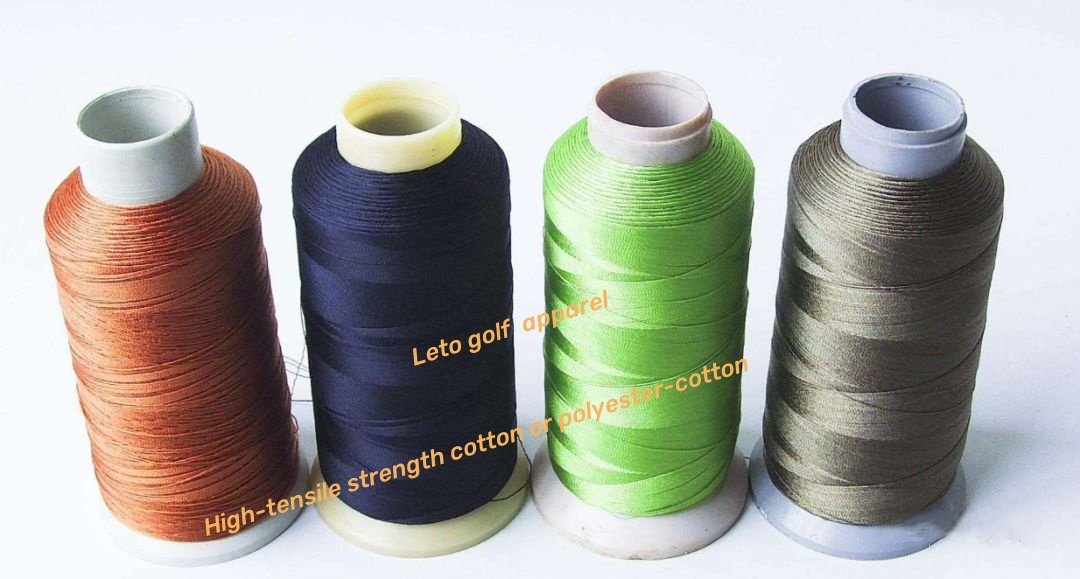
Golf is a sport that involves a wide range of body movements, from the full-body rotation of the swing to the bending and stretching during addressing the ball. Therefore, golf clothing needs to have stretch and flexibility to allow the golfer to move freely.
To achieve this, we use elastic threads and special stitching techniques. Elastic threads, such as those made from spandex or elastane, can be incorporated into the seams. These threads stretch and contract with the fabric, allowing the garment to adapt to the body's movements. For example, in the seams around the knees and elbows, using elastic threads ensures that the fabric doesn't restrict movement during a golfer's swing or while walking.
In addition to elastic threads, we also use techniques like zig-zag stitching. Zig-zag stitches can stretch and expand as the fabric is pulled, providing the necessary flexibility. This type of stitching is often used in areas where a lot of movement occurs, such as the side seams of golf pants or the underarm seams of golf shirts. By using these methods, we ensure that our golf clothing can keep up with the dynamic movements of the game, providing golfers with the comfort and freedom they need to perform at their best.
Leto Golf Manufacturing: Custom Solutions with Quality Sewing
1. Comprehensive Customization
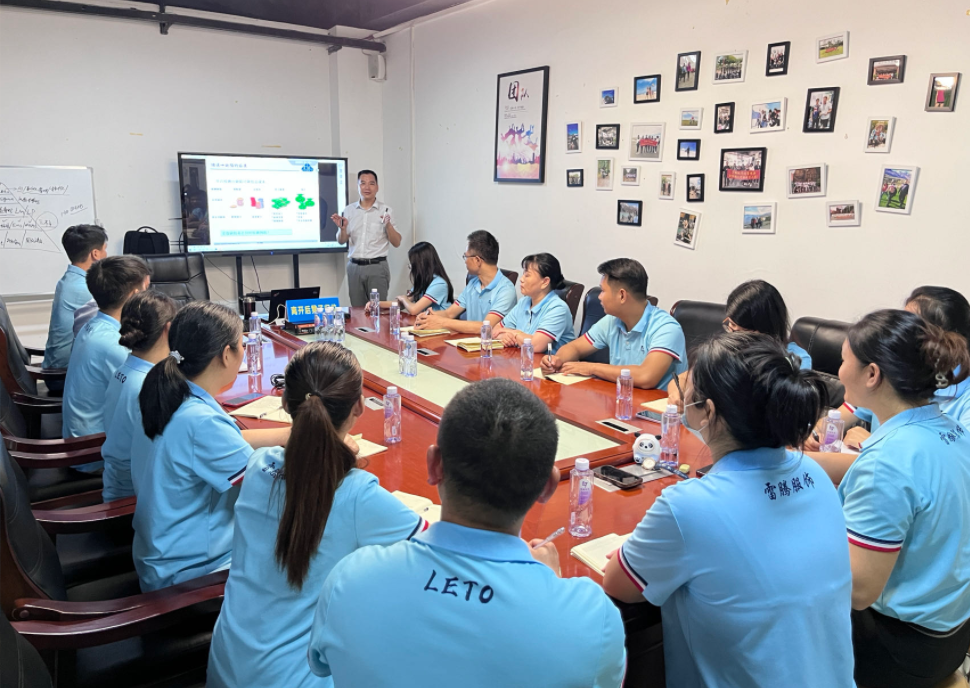
At Leto Golf Manufacturing, we pride ourselves on offering comprehensive customization services. Whether you're a golf apparel startup with a unique vision or a well-established brand looking to refresh your product line, we've got you covered.
For startups, we understand that the initial steps can be challenging. That's why we offer end-to-end solutions, from the initial design concept to the final production. We work closely with you to understand your brand identity, target market, and design preferences. Our team of designers can help you create original golf clothing designs that stand out in the market. For example, if you're targeting young, trendy golfers, we can incorporate the latest fashion elements into your designs, such as bold colors, unique patterns, and modern cuts.
For mature brands, we can handle large-scale production runs while maintaining the highest quality standards. We can also assist with product expansion, such as adding new styles of golf polos, ladies' golf dresses, or eco - friendly golf apparel lines. Our customization options are not limited to design; we also offer flexibility in sizing, packaging, and labeling. This allows you to meet the diverse needs of your customers and gain a competitive edge in the market.
2. State-of-the-Art Equipment
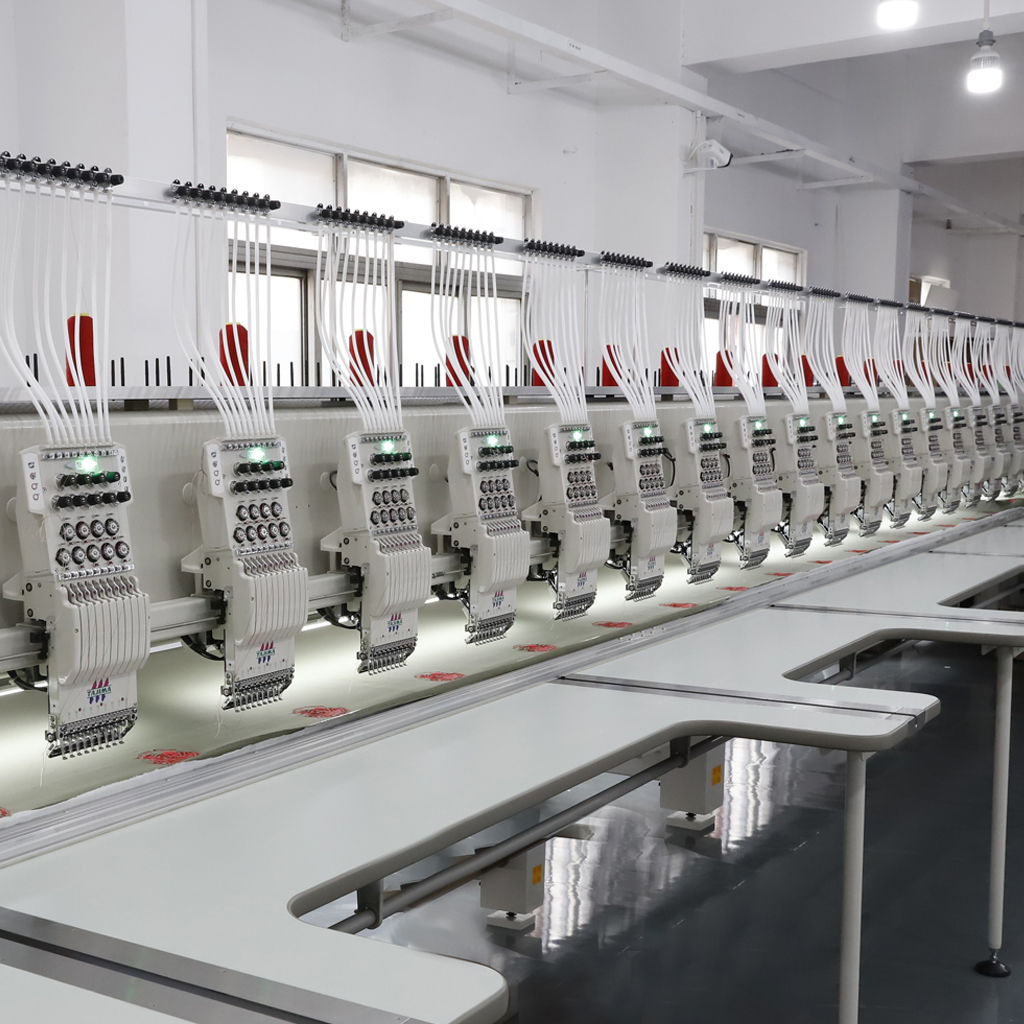
Our commitment to providing high - quality custom golf clothing is backed by our state-of-the-art equipment. We have a wide range of advanced printing and embroidery machines that enable us to bring your designs to life with precision and creativity.
Our printing equipment includes digital printers, which can produce high-resolution, photo-realistic prints. This is perfect for creating intricate patterns, such as nature - inspired designs for a sustainable golf wear line or bold, branded graphics for a high - end luxury golf collection. We also have screen - printing machines, which are great for producing large - volume, cost - effective prints with a vibrant color palette.
In terms of embroidery, we use multi-head embroidery machines that can stitch detailed logos, names, or decorative elements onto your golf clothing. For instance, we can embroider a custom logo on the chest of a golf polo shirt with multiple colors and fine details, making it look professional and eye-catching. Our equipment allows us to work with a variety of threads, including high - quality polyester and silk threads, to ensure that the embroidery not only looks great but also lasts.
We also have finishing equipment that ensures the final product has a polished look. This includes hemming machines, button-attaching machines, and fabric-pressing equipment. With our state-of-the-art equipment, we can handle any customization request, no matter how complex, and deliver products that meet and exceed your expectations.
3. Skilled Craftsmanship and Quality Assurance

Our team of skilled craftsmen is the heart of our manufacturing process. Each member of our team has years of experience in sewing and garment production, with a deep understanding of the unique requirements of golf clothing.
Our sewers are trained to handle a variety of fabrics, from lightweight, breathable performance fabrics to more traditional materials like cotton and wool blends. They are experts in using different sewing techniques, such as flat-felled seams, zig-zag stitching, and overlocking, to ensure the durability and comfort of the final product. For example, when sewing a pair of golf pants, our sewers will use flat - felled seams in the high-stress areas like the crotch and knees to prevent the seams from splitting during movement.
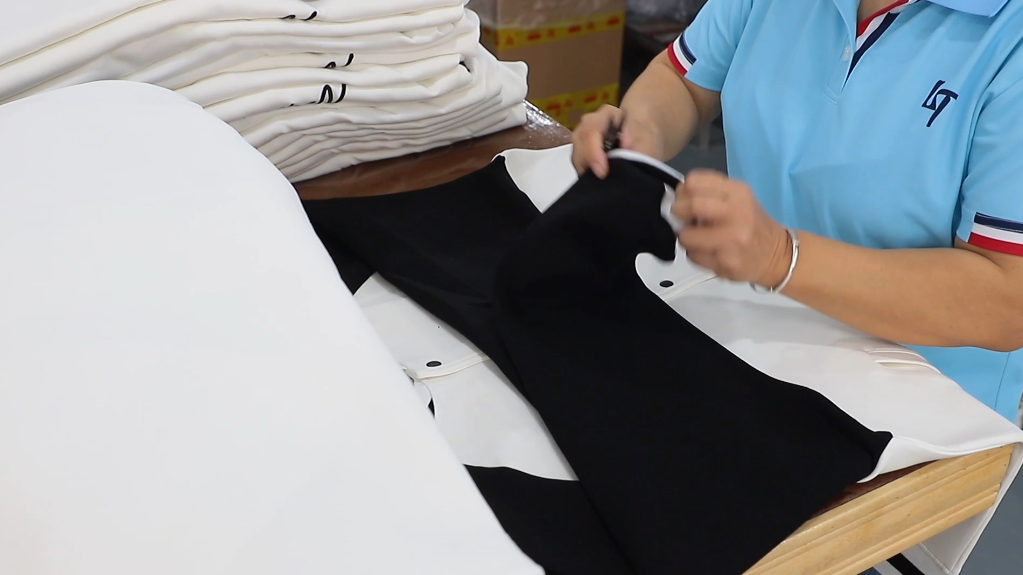
Quality assurance is a top priority at Leto Golf Manufacturing. We have a rigorous quality control process that starts from the moment the fabric is received and continues throughout the entire production process. Before production begins, we carefully inspect the fabric for any defects, such as stains, tears, or uneven coloring. During production, our quality control team conducts regular checks to ensure that each garment meets our high standards. This includes checking the stitching quality, the alignment of patterns, and the overall fit of the garment.
After the garments are completed, they undergo a final inspection before being shipped. We check for any loose threads, misaligned embroidery, or other issues that could affect the quality of the product. If any garment fails to meet our standards, it is either reworked or discarded. Our commitment to quality ensures that you receive only the best-quality custom golf clothing, giving you peace of mind and confidence in our products.
Conclusion
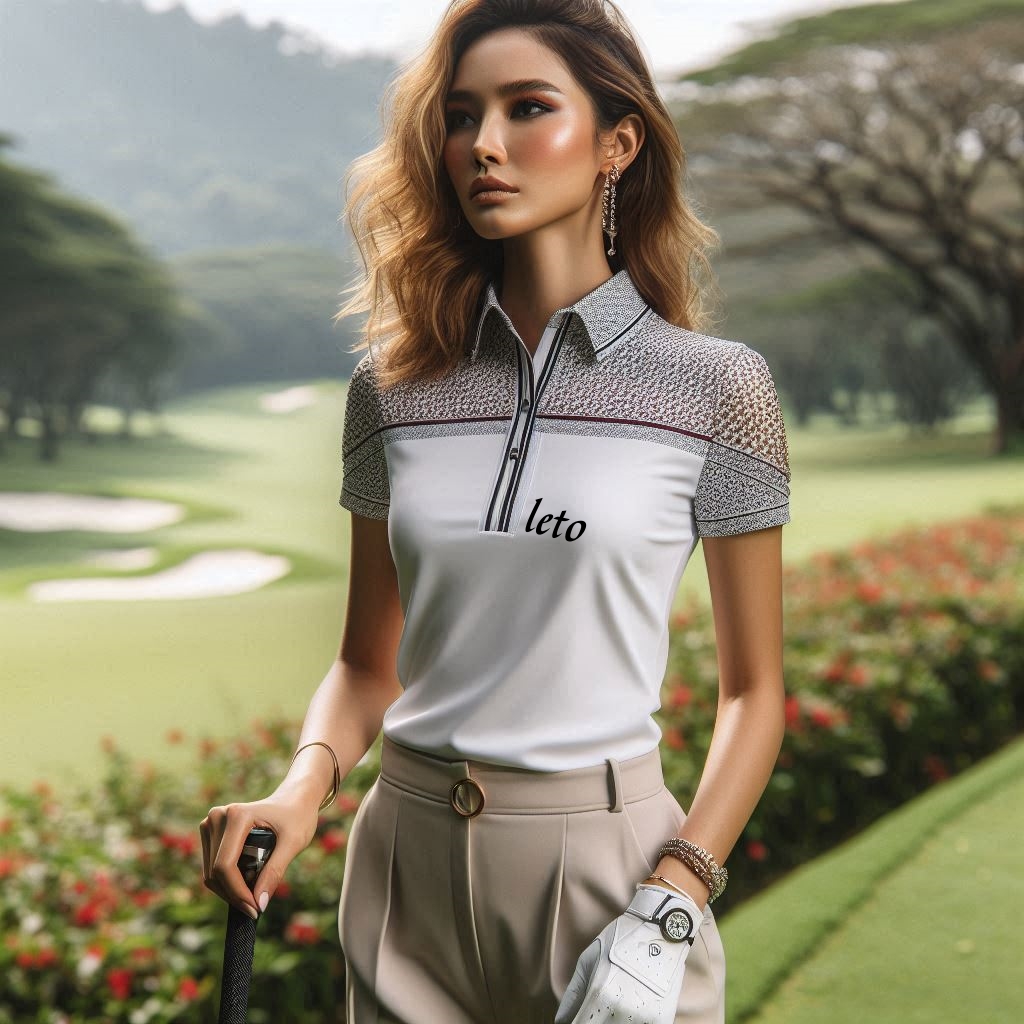
In conclusion, the sewing principles for high-abrasion, breathable golf clothing are multifaceted and crucial for the functionality and durability of the final product. Seam placement, thread selection, reinforcement techniques, seam finishing, and considerations for stretch and flexibility all play integral roles in creating golf clothing that can withstand the demands of the game while keeping golfers comfortable.
At Leto Golf Manufacturing, we are committed to applying these principles with precision and care. Our comprehensive customization services, state-of-the-art equipment, and skilled craftsmanship ensure that we can meet the diverse needs of golf apparel startups, individuals, purchasing managers, and fashion buyers. Whether you're looking to create a unique line of sustainable golf wear, personalized golf polos, or high-end luxury golf apparel, we have the expertise and resources to bring your vision to life.
We invite you to partner with Leto Golf Manufacturing. Let us be your trusted partner in creating high-quality, customized golf clothing that stands out in the market. Contact us today and let's start this exciting journey together.
Post time: 25-02-25








